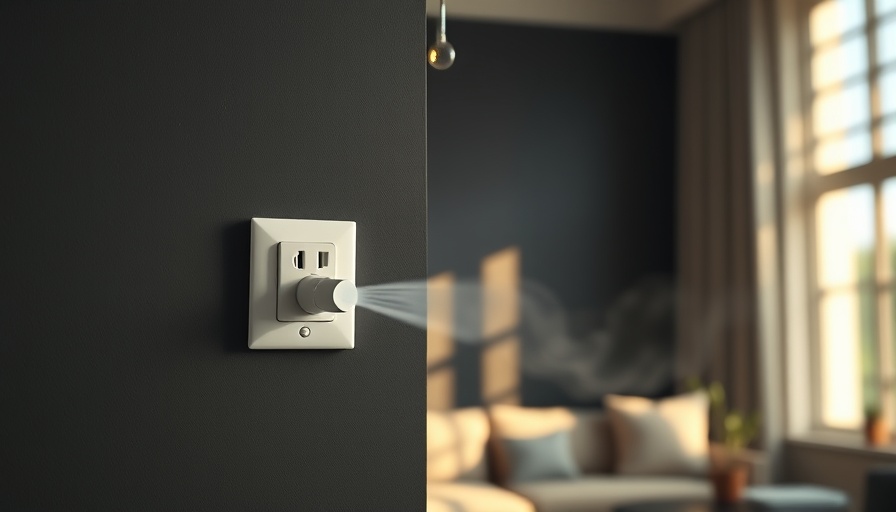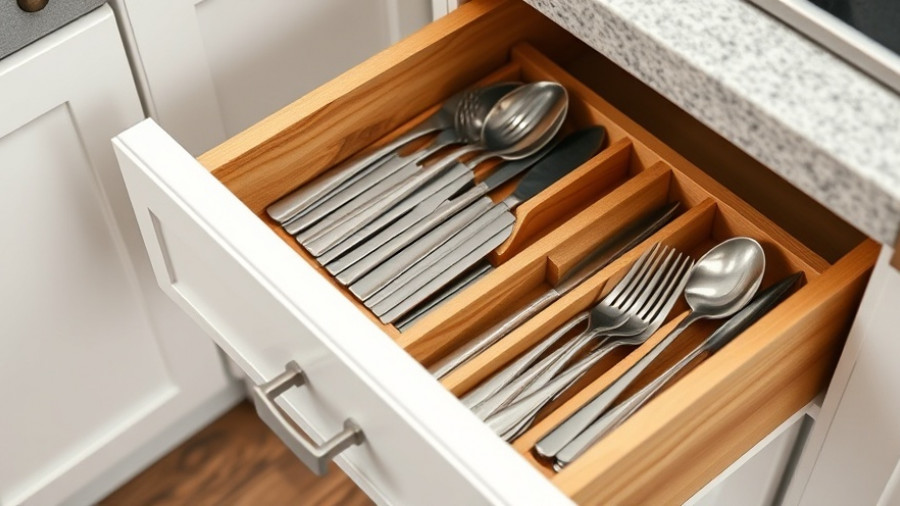
Why Does Your Outlet Smell Like Fish?
When an electrical outlet emits a smell reminiscent of fish, it should not be taken lightly. This unusual odor often stems from serious electrical troubles lurking within the walls of your home. Unlike conventional concerns like musty odors or plumbing issues, the fishy scent typically indicates overheated wiring or malfunctioning outlets, potential fire hazards that require immediate attention.
Unpacking the Causes Behind the Smell
Understanding what causes this fish-like odor can guide homeowners in taking the necessary steps to rectify the situation:
- Overheating Wires: When the wiring behind your outlet is improperly installed or damaged, it can generate excessive heat. Heat-resistant insulation materials can produce that distinctive fishy smell when they break down due to overheating.
- Loose Electrical Connections: Loose connections create resistance, allowing heat to build up. Over time, this can lead to an overheated outlet, visibly damaging it and producing odors.
- Overloaded Circuits: Plugging too many appliances into a single outlet or circuit can result in overheating, creating an environment where odors can emanate.
- Aging or Faulty Outlets: Outlets wear out over time; their internal components can become loose, further increasing the risk of overheating and the accompanying smells.
- Damaged Wiring: If the fishy smell persists even after unplugging devices, it may indicate deeper damage within the wall’s wiring that could pose significant risks.
Why Ignoring the Fishy Smell is a Dangerous Mistake
Common home maintenance wisdom suggests that electrical issues often have a burning smell. However, a fishy odor is equally severe. Here are the dangers of ignoring this sign:
- Fire Hazard: Overheating wires can ignite surrounding materials, potentially leading to catastrophic fire issues. The National Fire Protection Association (NFPA) ranks electrical malfunctions among the leading causes of home fires.
- Hidden Damage: The fishy smell could be the only early indicator of an impending crisis. Waiting until visible signs like scorching or sparking occur could mean extensive damage has already taken place.
- Health Risks: Long-term exposure to heated electrical materials can release harmful fumes, complicating air quality and posing health risks for your family.
Immediate Steps to Take If Your Outlet Smells Like Fish
Once you notice a fishy smell coming from an outlet, it’s crucial to act swiftly with the following measures:
- Unplug Devices: The first step is to disconnect anything connected to the affected outlet. This immediately lessens the load, which can help prevent further overheating.
- Cease Using the Outlet: Avoid using the outlet until it has been inspected and deemed safe. It’s wise to cover it with tape or leave a note warning others against using it until a professional has examined it.
- Look for Other Warning Signs: Pay attention to other indicators near the outlet, including hot covers, flickering lights, or discolored plastic.
- Call a Licensed Electrician: Handling electrical issues on your own is risky. Engage a licensed electrician to inspect the outlet and resolve any underlying issues properly.
Beyond Fixing the Immediate Issue: Future Preventative Measures
To maintain a safe home environment and prevent the recurrence of fishy smells from outlets, homeowners can consider several proactive measures:
- Regular Electrical Inspections: Schedule periodic assessments of your home's electrical system by a professional to ensure optimal safety and performance.
- Upgraded Outlets: Older outlets can cause more problems as they age. Investing in new, more reliable outlets can help mitigate risk.
- Circuit Upgrades: If you frequently experience problems with outlets, upgrading your circuit could prevent circuit overload and enhance your home’s overall electrical efficiency.
- Smart Usage Habits: Be mindful of how many appliances are plugged into a single outlet. Utilizing surge protectors and power strips can also help manage electrical loads.
Concluding Thoughts
Understanding the dangers behind a fishy smell from outlets can empower homeowners, ensuring immediate actions are taken to maintain safety in their homes. Ignoring this smell can lead to hazardous situations, while acting quickly can help safeguard not only your property but your family's health as well. Combine knowledge with proactive measures for a secure, comfortable living space, ensuring a sense of safety with every usage of your home’s electrical fixtures.
As you strengthen your home's safety, consider sharing your home maintenance insights with neighbors, creating a community of awareness around safe living standards. Perform routine checks, educate yourself on seasonal maintenance, and explore energy-efficient upgrades to nurture both curb appeal and safety in your household.
 Add Row
Add Row  Add
Add 




Write A Comment